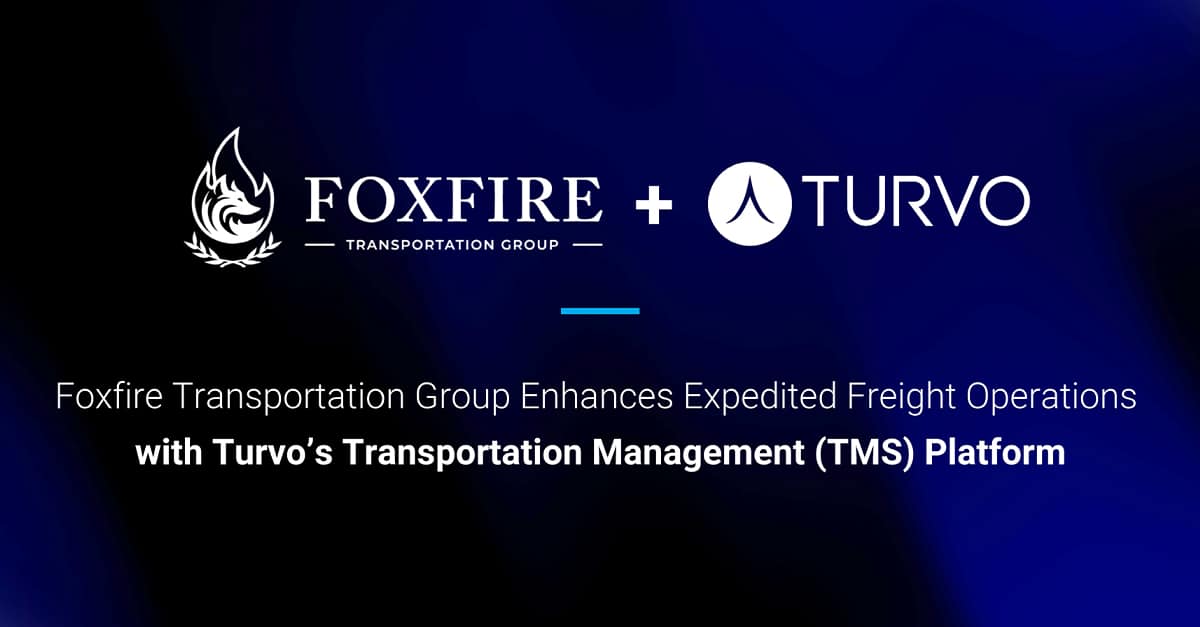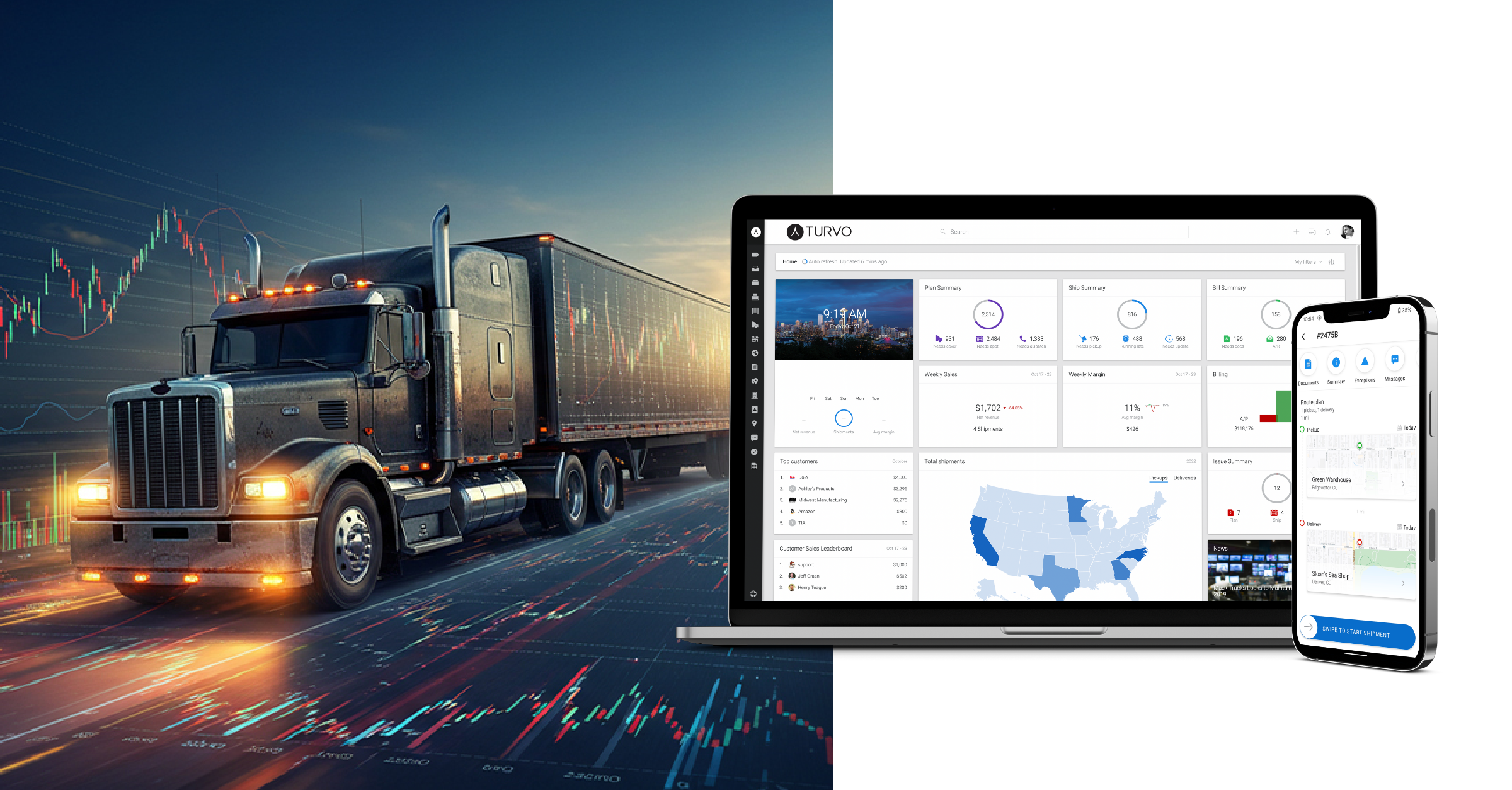The need for more capacity remains a continuous battle hymn in the global supply chain. New disruptions arise, and tender rejections sway to the beat of economies and administrations. Fortunately, shippers, carriers, brokers, and third-party logistics providers (3PLs) that take the time to consider how collaborative transportation management can benefit operations have an opportunity to increase efficiency and available transportation capacity. As a result, supply chain leaders need to know how collaborative transportation management affects other supply chain partners, why using a single pane of glass adds value through visibility, and ways collaboration improves operations.
A Bit of Background on Collaborative Transportation Management
Collaborative transportation management is based on the idea that truckers, loaders, managers, customers, suppliers, and partners can share information to reduce confusion and improve the flow of goods. Suitable utilization of collaborative transportation dramatically enhances the flexibility in the physical distribution of goods and can reduce the chances for wasted time in shipping.
As further explained by Supply Chain Game Changer, “the pace of business has increased exponentially, and businesses must respond to new market demands with agility and innovation. In this climate, buyers are relying on suppliers more than ever before. And buyers aren’t collaborating with suppliers merely as providers of materials and goods, but as strategic partners that can help create products that are competitive differentiators.”
Those products describe systems that bring people, systems, and data together in a single platform, creating greater chances for intentional collaborative logistics and stay proactive with shipments. To that end, the rise of cooperative logistics and the ability to create end-to-end transparency due to the use of a single SaaS-based collaborative platform, like Turvo, is vital when it comes to mitigating supply chain disruptions. For many freight and trucking companies, especially in today’s fluctuating markets, they need the right technology that enables efficient workflows. End-to-end transparency empowers companies to proactively manage any exceptions around the movement of goods in both the inbound and outbound directions. Visibility into those processes allows professionals to stay proactive around any exceptions that occur. Customers and carrier partners are either working in the same system or provided quick links to necessary information on every shipment, which provides an ability to quickly jump on any exceptions in a collaborative way. As a result, shippers, forwarders, brokers, and carriers improve and manage changes on demand. This is key to moving more freight as fast as possible, and it all hinges on how well freight managers and businesses utilize collaborative transportation management systems.
The Value of Using a Single System
Transportation management companies are third parties, so they must roll with the proverbial punches and give their clients, shippers and the like, the ability to deliver a better product at a faster pace and without any delay or added cost. Through the use of a single pane of glass solution, supply chain leaders can avoid the issues of miscommunications and better maintain end-to-end visibility. It’s that simple. Here are some of the benefits a single solution yields for shippers and supply chain partners:
- Reduced freight expenses and improved ROI.
- Track deliveries in real-time to see where potential delays exist and start addressing them immediately.
- Increased customer service and experience by ensuring the timely delivery of goods with accurate tracking.
- Improve warehouse efficiency and productivity by reducing idle time and streamlining the processes around scheduling for pickups with drivers.
- Increase supply chain efficiency that ensures smooth operations from departure to arrival.
Other Opportunities to Use Collaboration to Increase Capacity
Tightening freight capacity remains a core problem in the industry today. As e-commerce swells in anticipation of both peak season and the uncertainty of the COVID-19 crisis, sourcing more capacity will be essential. However, any approach must rely on collaborative resources, such as a single pane of glass platform, to ensure everyone stays on the same page.
For example, one way to overcome the high costs in freight is by utilizing an effective solution known as load consolidation. Rather than sending three partial trucks to three different vendors or clients in the same area, shippers can combine the loads into one truck to save on fuel, human resources, drive time, and overall operating costs. 3PLs can be lifesavers when it comes to matching your shipments with other loads that are going to the same or nearby clients. Simultaneously, consolidating these trips requires planning and coordination between parties to reap any benefit. After all, extra waste deriving from limited planning and spending hours waiting in a yard means higher costs, including the possibility of costing more than merely trying to manage multiple partial loads in the first place. Working together within a common, real-time, and data-driven platform is a win-win situation for everyone.
Collaboration Is the New Normal of Modern Logistics
Collaborative transportation management is the only way for modern supply chains to survive and thrive. Unfortunately, the value of the existing tech stack is not always evident, and with a system for everything, technology may get in the way of return on investment. With that in mind, companies realize that using a single pane of glass to bring together the data from across multiple systems is the best way to manage the supply chain and derive value strategically. Learn more by visiting Turvo online today.








